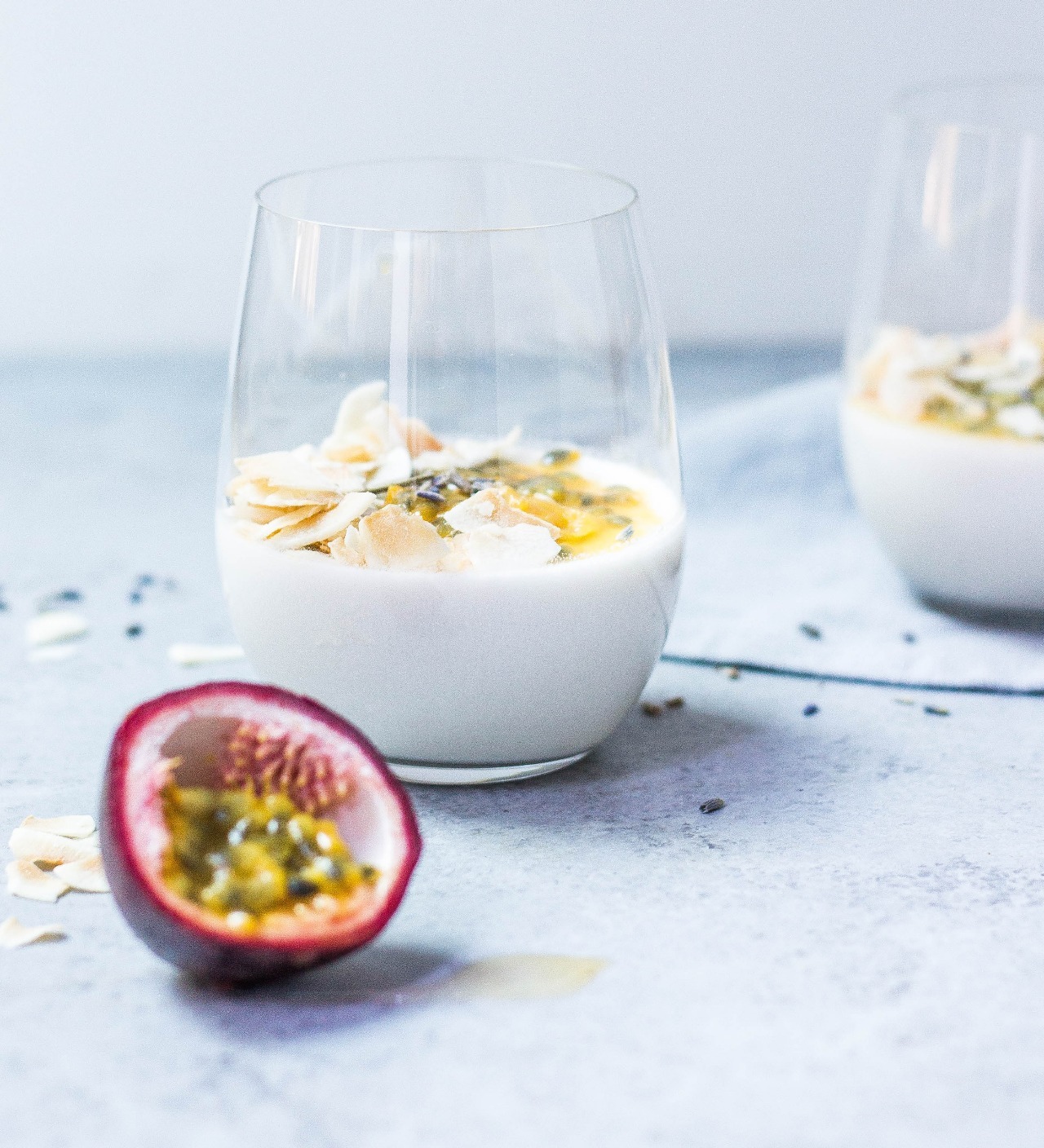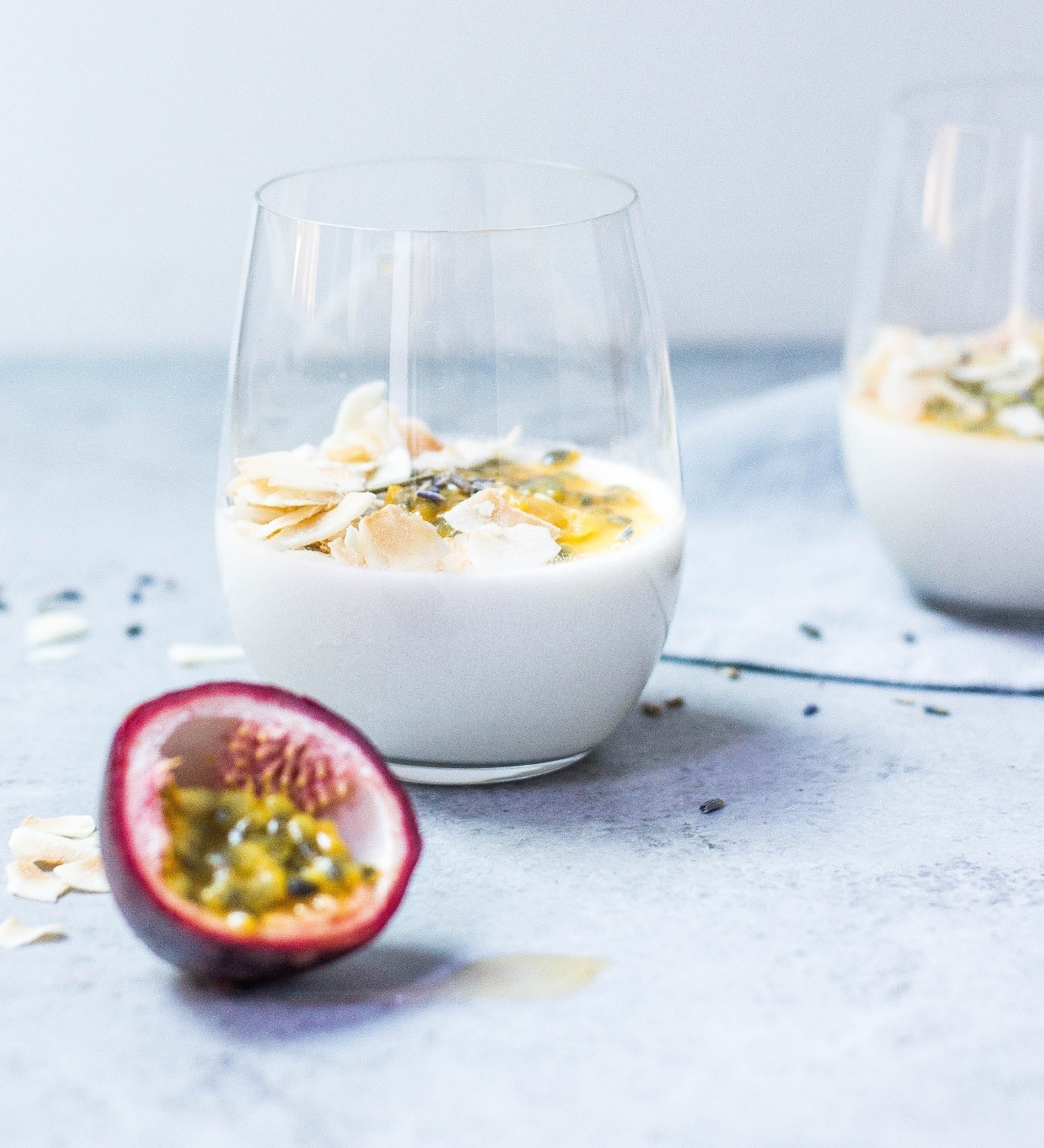Spot the difference
Posted on 8th March 2022 at 15:53

Greek Yoghurt

Greek Style Yoghurt
Interpreting food packaging and labelling these days is like having an encounter with Derren Brown. You know that illusion and mind bending are involved but you can't quite work it out.
I have been an avid reader of food labels for many years ever since reading E for Additives which was published back in the 1980s. It was a great book in it's day and opened the eyes of many people to the dangers of E numbers in our foods. Over recent years though I've noticed a marked decrease in E numbers appearing in ingredient listings, together with a marked increase in clients with food sensitivities or intolerances. So what's happening? If there are less additives then surely we should be experiencing fewer sensitivities? It wasn't until I read Joanna Blythman's brilliant book 'Swallow This: Serving up the Food Industry's Darkest Secrets' that I began to partially understand what exactly is going on. I say partially because I don't think we will ever fully understand or be able to keep up with the chemical engineering that now goes on with our foods. Less E numbers doesn't mean less additives it just means they can be more easily hidden as 'processing aids' that don't need to be disclosed, as enzymes that are in such minuscule quantities they are 'considered' to be harmless, and by very clever, manipulative and misleading marketing practices.
I often have a 'yoghurt' conversation with clients - the chiller aisle of the supermarket is a veritable minefield these days. Most of us want to eat more healthily and do our best to make wise choices but we rarely know exactly what we are purchasing. For people who aren't lactose intolerant I have for many years recommended natural, live Greek yoghurt for it's beneficial effects on the gut (and therefore the immune system). I didn't have to place too many caveats on it, only to say that adding fruit to 'live' yoghurt can decrease it's beneficial effects unless consumed immediately. In other words, to gain the maximum health benefits don't add your fruit to your yoghurt until you are ready to eat it. This begs the question of how much beneficial bacteria is actually present in pre-prepared flavoured yoghurts when we eventually get to eat them (but that's another issue).
100kg of milk is required to make 40kg of Greek yoghurt. It goes through a straining process that removes the watery-whey and leaves behind a thick, nutrient-rich, balanced product. Greek-style yoghurt on the other hand is thickened with added milk powders to replicate the texture of the real thing. It takes 100kg of milk to make 100kg of Greek-style yoghurt and in most brands there is one ingredient which is milk, the label does not have to disclose that a lot of that milk is in powdered form. This 'minor' discrepancy packs a huge punch in terms of nutrients (or lack of them). How on earth would you know that a Greek yoghurt is far superior to Greek-style when the ingredient listing is the same?
Pre-prepared flavoured yoghurts (of any style) will list more ingredients on their labels. Starches, gelatin and pectin are commonly used 'natural' fillers, stabilisers and preservatives. They look fairly innocuous and there's unlikely to be an E number in sight. Do a bit of homework though and you'll find that things aren't quite what they seem. We want 'cleaner' foods but what we are actually getting from the food industry is 'cleaner labels'.
Tagged as: Food labelling, Yoghurt
Share this post:





